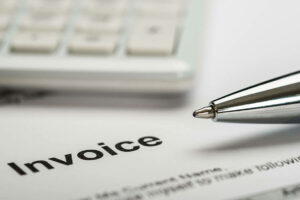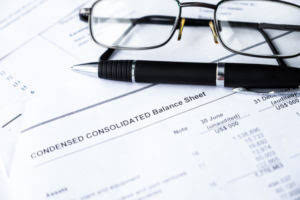What is a Balance Sheet? Formula & Examples
Content
- What’s an Expense Report? [Why It Matters + Template]
- Explanation of the Balance Sheet Formula
- What Are the 3 Elements of the Accounting Equation?
- Balance Sheet Accounts and Components
- Introduction of Balance Sheet Equation
- QuickBooks Balance Sheet Template
- What is a Balance Sheet? Definition, Formula & Examples

It also comes with “Notes on Preparation” tips to help you work through the specific template, and hovering over specific column items brings up instructions to ensure you input the right data. You can create balance sheets manually via spreadsheets or with accounting software. Large corporations usually have more complex balance sheets than small companies. Liabilities are what your company owes to other companies or individuals.
Companies compute their return on assets (ROA), equity (ROE), or investment (ROI) to measure performance. A balance sheet is often used among other financial statements such as income statement and cash flows statement to calculate financial ratios and ascertain the financial health of a firm. Companies and businesses boast in their ranks assets, liabilities https://accounting-services.net/remote-bookkeepers/ as well as owners and shareholders’ equity often represented in a balance sheet. A balance sheet, in this case, acts as a financial statement that shows what assets the company owns as well as its liabilities and shareholders’ equity at a given point. These calculations give us insight into the financial health and performance of the hypothetical company.
What’s an Expense Report? [Why It Matters + Template]
For a privately-held company, the shareholders typically include the founders and any investors. Balance sheets are one of the core financial statements presented in business plans and financial models for analyzing potential M&A transactions and establishing a valuation. These balance sheets are prepared with assumptions as estimated projections of future assets, liabilities, and shareholders’ equity. The balance sheet includes information about a company’s assets and liabilities. Depending on the company, this might include short-term assets, such as cash and accounts receivable, or long-term assets such as property, plant, and equipment (PP&E).
But higher liabilities do not necessarily mean the business is in trouble — the company may be strategically leveraged. Not all balance sheets use a left-right or double-entry accounting formation. When comparing other time frames, the balance sheet may be displayed as stacked sections.
Explanation of the Balance Sheet Formula
The shareholders’ equity number is a company’s total assets minus its total liabilities. This straightforward relationship between assets, liabilities, and equity is considered to be the foundation of the double-entry accounting system. That is, each entry made on the debit side has a corresponding entry (or coverage) on the credit side. Total assets is calculated as the sum of all short-term, long-term, and other assets.
How to make a balance sheet?
- Step 1: Pick the balance sheet date.
- Step 2: List all of your assets.
- Step 3: Add up all of your assets.
- Step 4: Determine current liabilities.
- Step 5: Calculate long-term liabilities.
- Step 6: Add up liabilities.
- Step 7: Calculate owner's equity.
- Step 8: Add up liabilities and owners' equity.
Liabilities refer to obligations that a company must meet to stay afloat. Liabilities are simply debts that a company must pay outsiders and include things like bank loans salaries and accounts payable. Such claims also show what creditors own in the company or business in the form of debts that must be paid.
What Are the 3 Elements of the Accounting Equation?
These scenarios are three of the most typical, but there are many other uses for a balance sheet. These statements give an overview of a company’s operations and financial performance for the specified time period. Also, investors, analysts, and potential creditors can use these statements to understand how a company makes and uses its money. Learn About Real Estate Bookkeeping Best Practice It’s anything that will incur an expense or cost in the future — a debt or amount owed is a liability. Both current and non-current liabilities are included in the liabilities section of the balance sheet. Although the balance sheet always balances out, the accounting equation can’t tell investors how well a company is performing.
- Current liabilities are shown on the balance sheet before long-term liabilities.
- The balance sheet is one of the key elements in the financial statements, of which the other documents are the income statement and the statement of cash flows.
- The accounting equation is also called the basic accounting equation or the balance sheet equation.
- It can be looked at on its own and in conjunction with other statements like the income statement and cash flow statement to get a full picture of a company’s health.
- The three main components or sections of a balance sheet are assets, liabilities, and shareholders’ equity.
- Typically, a line will also show that the sum of liabilities and equity equals total assets.



